Survey: ASC volume rising amid limited staffing improvement

Takeaways • Compared to 2023, the percentage of respondents reporting an increase in open positions for RNs and STs, as well as increased turnover for RNs, remained stable, but fewer reported a drop in ST turnover. • The percentage of respondents reporting hiring more managers set a 9-year record. •…
Survey: Nurse retention problems persist amid slight improvements in working conditions
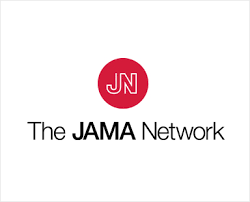
Editor's Note Although fewer Michigan nurses planned to leave the profession in 2023 compared to 2022, the profession still faces unsafe conditions, understaffing, and high rates of abuse, according to a two-year, statewide survey published July 18 in JAMA Network Open. Conducted by researchers at the University of Michigan School…
Survey: Physician burnout reaches lowest point since pandemic
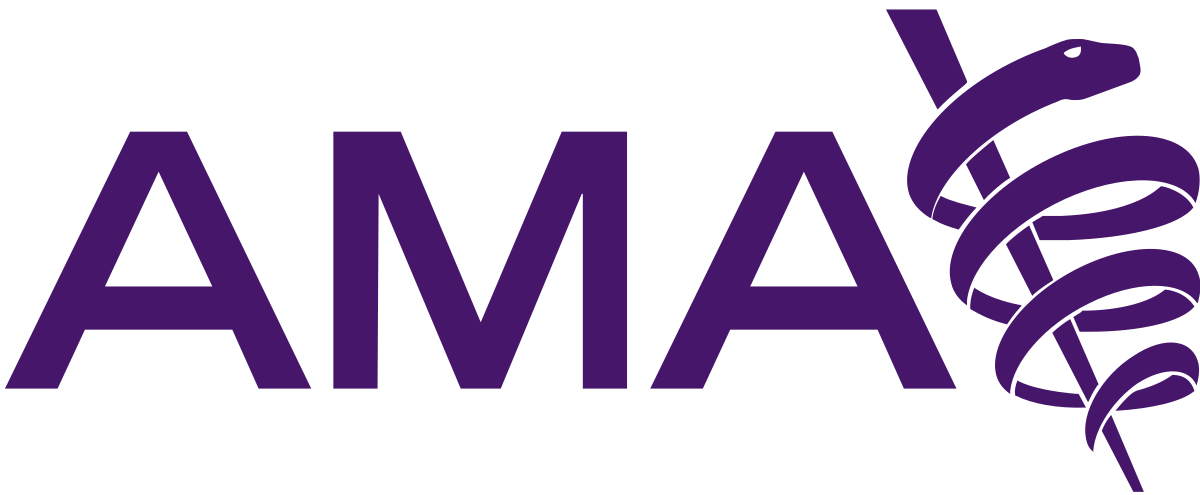
Editor's Note Less than half of physicians surveyed by the American Medical Association (AMA) in 2023 reported feeling burned out—the first time the figure has dropped below the 50% mark since 2020. These findings evidence continued decline in burnout from the record-high 62.8% in 2021 and 53% in 2022, according…
Breaking down the anesthesia workforce imbalance, strategies to address crisis

Editor's Note Increased demand for anesthesia services, especially in non-operating room (non-OR) sites, has outpaced the growth of anesthesia clinicians, a June 2024 special article published by the journal Anesthesiology reports. The imbalance in the anesthesia workforce supply and demand, the article argues, was exacerbated by the COVID-19 pandemic and…
Leadership survey: Operational demands overwhelming hospitals
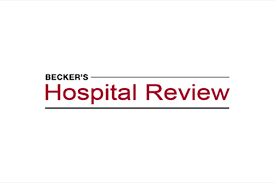
Editor's Note Nearly half of hospital executives report that their hospitals are not fully prepared to cope with patient volumes, Becker’s Hospital Review reported June 13. Citing the June 12 Hospital Operations Outlook Survey from FTI Consulting, Becker’s reports that nursing and mental and behavior health specialists represent the greatest…
Study: Depression, lack of support outweighed pandemic-specific influences on nurses leaving jobs in 2020
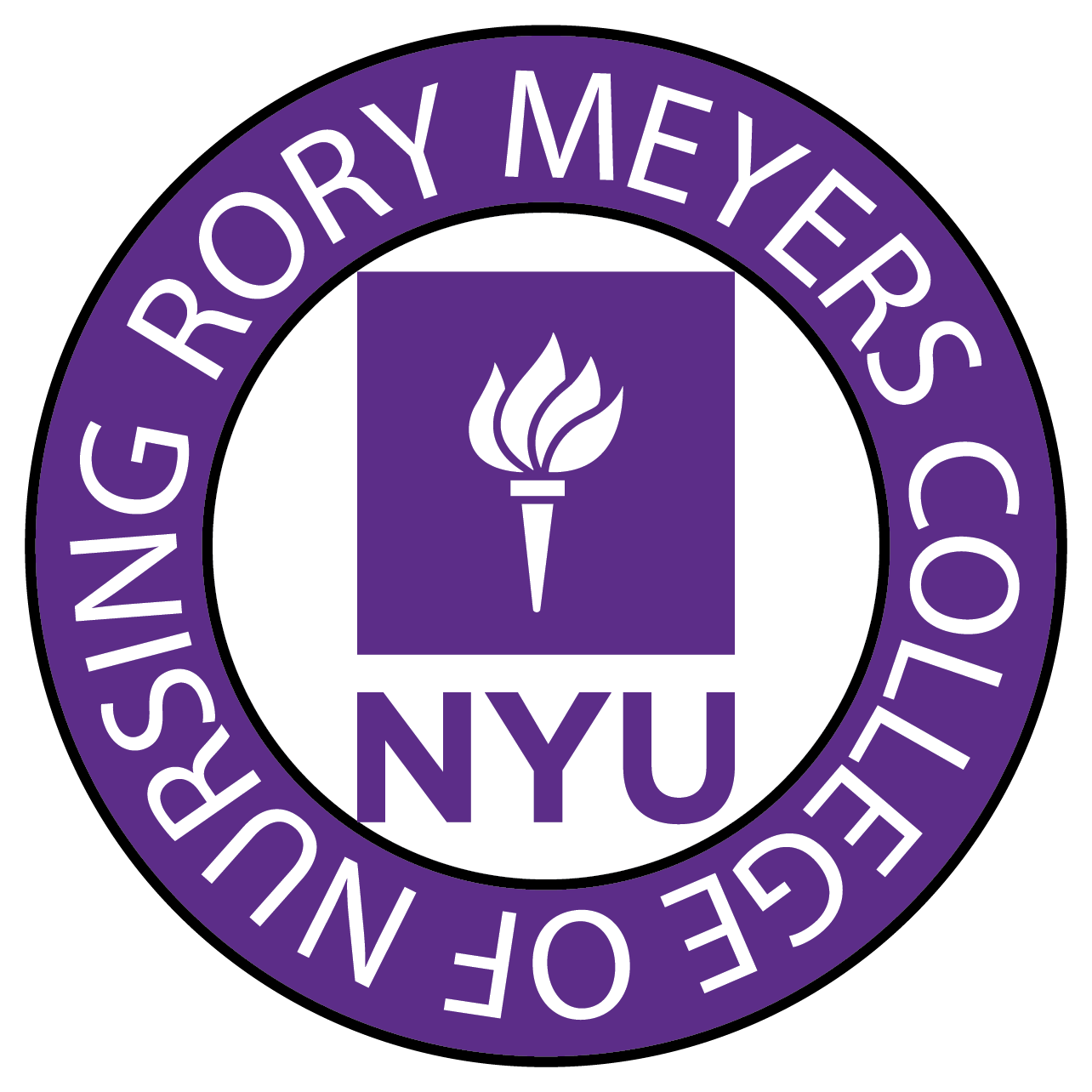
Editor's Note Coworker and employer support strongly influence nurses' intentions to remain in their jobs, while symptoms of depression are associated with nurses planning to leave, according to a study conducted during the COVID-19 pandemic by researchers at NYU Rory Meyers College of Nursing. Available to the public September 30…
Survey: More than half of nurses pessimistic about 2024, ready to change jobs

Editor's Note Most nurses think this year will be “no better or worse” than last year, and more than one-third are “extremely likely” to change jobs, according to a national survey by Texas healthcare workforce solutions company AMN Healthcare. Fox News reported on the findings May 10. Specifically, 80% of…
Nurses who left profession cite poor working conditions as primary driver

Editor's Note Poor working conditions are driving many nurses to leave the profession, according to a new study from University of Pennsylvania School of Nursing's Center for Health Outcomes and Policy Research (CHOPR). The findings were published in JAMA Network Open on April 9. While previous studies have looked at…
Concierge physician practices expanding to large hospitals
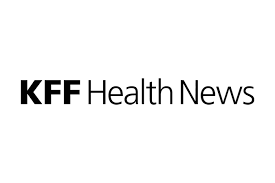
Editor's Note The practice of concierge physicians is expanding as thousands of doctors at large hospital systems shift to a model facilitating high fees and decreased patient load, according to an April 1 report in KFF Health News. The concierge physician model began decades ago in wealthy areas of Florida…
Updated physician shortage projections smaller but still significant
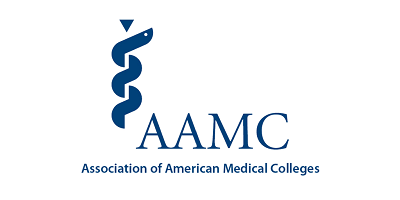
Editor's Note The gap between demand and supply could result in a shortage of 13,500 to 86,000 physicians by 2036, according to updated projections published March 21 by the Association of American Medical Colleges (AAMC). Although these figures are smaller than projections in the last report, published in 2021, they…

 Free Daily News
Free Daily News